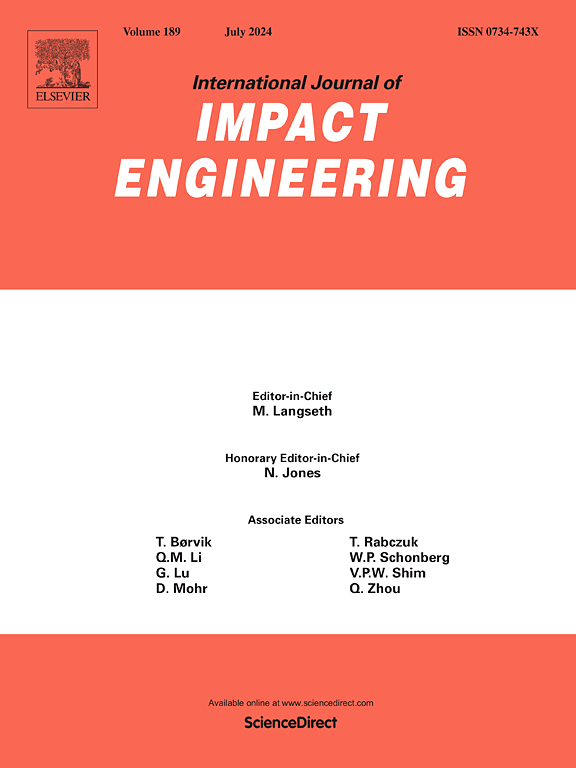Experimental and numerical investigations on dynamic response of butt-welded plates subjected to blast load
Abstract
Experimental and numerical investigations on the small-size butt-welded plates subjected to air blast loads were conducted to highlight the effect of welded joints on the blast proof structures. The inherent characteristics of welded joints, including geometry, mechanical properties and welding residual stress were evaluated and discussed in the computation of blast loading. The geometry shape was assessed through macrographic of the welded joints. The distribution of mechanical and thermal physics property was determined through basic experiments using the specimens extracted from different zones of a welded joint. Welding residual stress was calculated in a thermo-mechanical coupled model. Conventional Weapons Effects Program (CONWEP) is more economic but limited compared with Arbitrary-Lagrangian–Eulerian (ALE) method. ALE and CONWEP methods were applied to simulate the air blast load applied on the plates. Effectiveness and efficiency of the methods were discussed. The results of the two programs could both coincide well with the experiment measurements. The models under six conditions were calculated to uncouple and discuss the effect of material property distribution and welding residual stress on the dynamic response of the welded structure. Permanent deflections were considered to assess the capacity of welded structures. Welding residual stress fields and the local weak materials are advantageous to the bending deformation. The phenomenological expressions of permanent deflection across thickness under different welding conditions were established based on simulation results. The effect of aspect ratio of the welded structures was also be discussed.

 求助内容:
求助内容: 应助结果提醒方式:
应助结果提醒方式:


